School Highlights
Atenas College serves 757 students (61% of students are full-time).
The college's student:teacher ratio of 9:1 is lower than the state community college average of 16:1.
Minority enrollment is 100% of the student body (majority Hispanic), which is less than the state average of 99%.
Quick Stats (2025)
- Enrollment: 757 students
- Private-state tuition: $6,945
- Student:teacher ratio: 9:1
- Minority enrollment: 100%
- Source: Integrated Postsecondary Education Data System (IPEDS)
Top Rankings
Atenas College ranks among the top 20% of public schools in Puerto Rico for:
Category
Attribute
School Overview
The teacher population of 81 teachers has stayed relatively flat over five years.
Atenas College
(PR) Community College Avg.
Carnegie Classification
Special Focus Four-Year: Other Health Professions Schools
Not applicable, not in Carnegie universe (not accredited or nondegree-granting)
Institution Level
Four or more years
Four or more years
Institution Control
Private not-for-profit
Private for-profit
Total Faculty
81 staff
70 staff
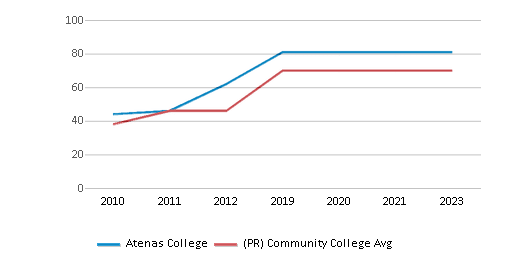
Student Body
The student population of Atenas College has stayed relatively flat over five years.
The student:teacher ratio of 9:1 has increased from 7:1 over five years.
The Atenas College diversity score of 0.21 is more than the state average of 0.18. The school's diversity has stayed relatively flat over five years.
Total Enrollment
757 students
589 students
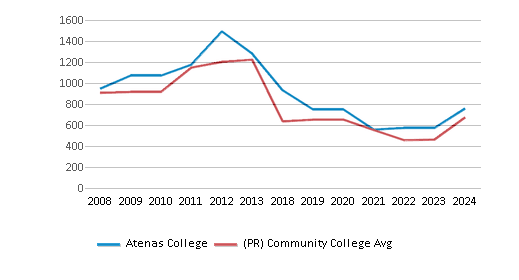
Student : Teacher Ratio
9:1
16:1
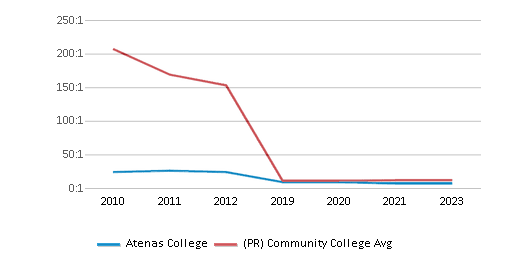
# Full-Time Students
463 students
463 students
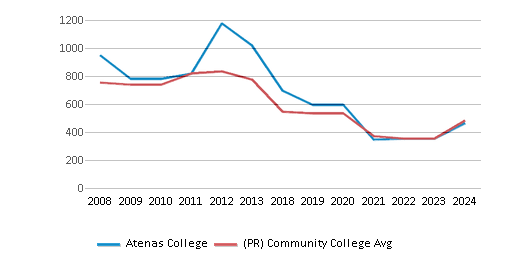
# Part-Time Students
294 students
125 students
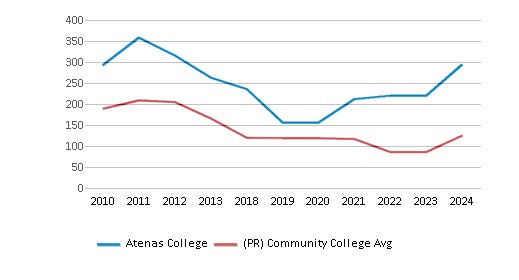
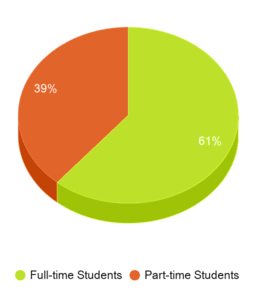
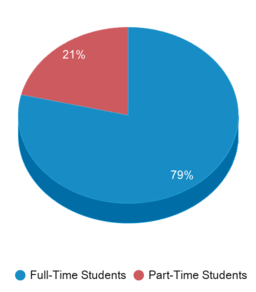
# Enrollment Undergraduate
757 students
323 students
# Full-Time Undergraduate Students
463 students
408 students
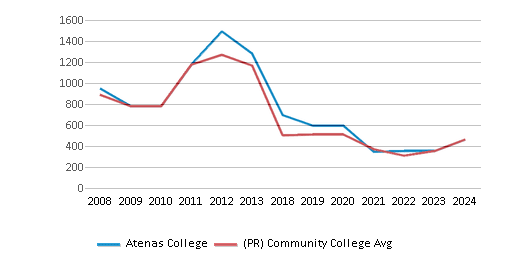
# Full-Time Graduate Students
n/a
167 students
# Part-Time Undergraduate Students
294 students
141 students
# Part-Time Graduate Students
n/a
60 students
% Hispanic
88%
90%
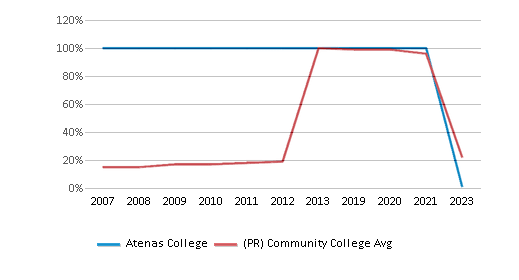
% Black
12%
7%
% White
n/a
1%
% Unknown races
n/a
2%
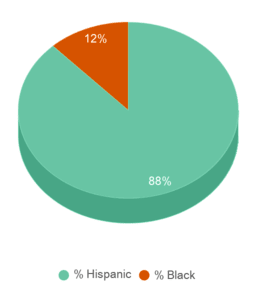
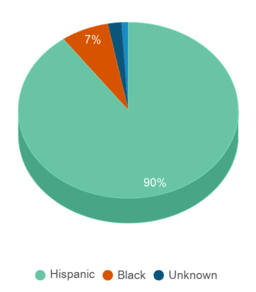
Diversity Score
0.21
0.18
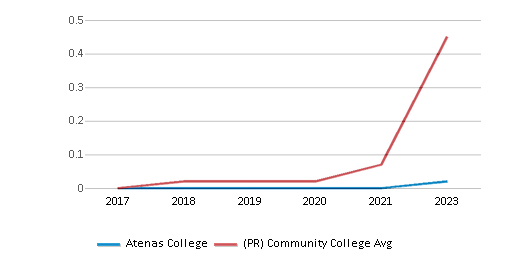
College Completion Rate (Students who graduate in less than 4 years)
69%
46%
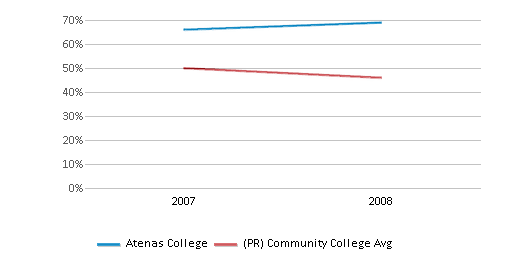
College Completion Rate (Students who graduate in 4 years or more than 4 years)
0.4222%
0.4222%
Average Graduate Earnings (10 Years)
$15,500
$20,600
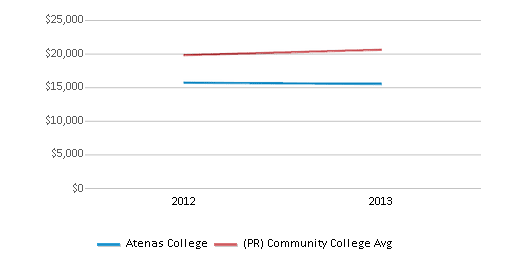
Tuition and Acceptance Rate
The private state tuition of $6,945 is more than the state average of $6,484. The private state tuition has declined by 5% over four years.
Private State Tuition Fees
$6,945
$6,484
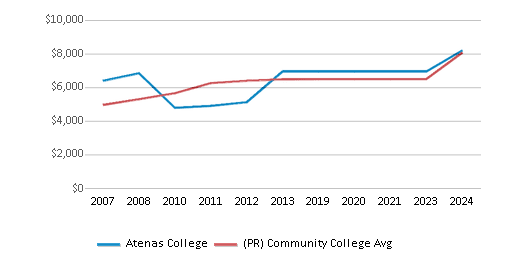
% Students Receiving Some Financial Aid
96%
96%
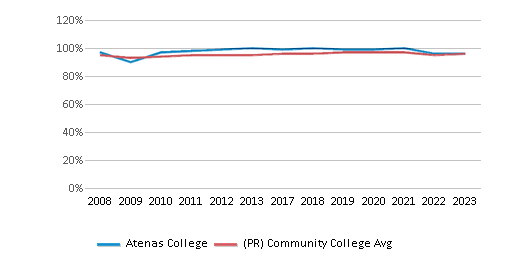
Median Debt for Graduates
$5,880
$5,064
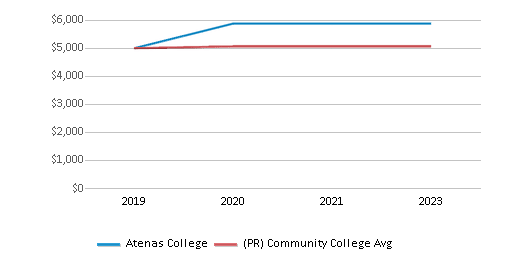
Median Debt for Dropouts
$7,500
$3,500
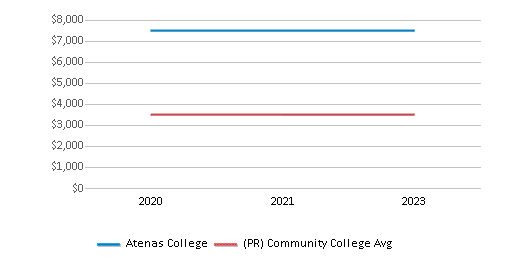
Acceptance Rate
n/a
77%
SAT Reading
n/a
422
SAT Math
n/a
456
Source: 2024 (or latest year available) Integrated Postsecondary Education Data System (IPEDS)
Frequently Asked Questions
How much does Atenas College cost?
Atenas College's private state tuition is approximately $6,945.
What schools are Atenas College often compared to?
Atenas Collegeis often viewed alongside schools like Instituto Tecnologico de Puerto Rico-Recinto De Manati by visitors of our site.
What is Atenas College's ranking?
Atenas College ranks among the top 20% of community college in Puerto Rico for: Average community college minority breakdown.
Recent Articles

Obtaining Your Bachelor's Degree at a Community College
Explore the evolving landscape of community colleges offering bachelor's degrees, addressing affordability, accessibility, and workforce needs.

A to Z of Community College Certificates and Courses
From business and healthcare to technology and skilled trades, the article showcases the breadth of options available to students seeking to enhance their knowledge, develop new skills, or pursue career advancement.

What is a Community College?
This comprehensive guide explains what a community college is, its history, and its role in higher education. It covers the types of programs offered, differences from four-year colleges, benefits of attending, and important considerations for prospective students, providing valuable insights for those exploring educational options.









